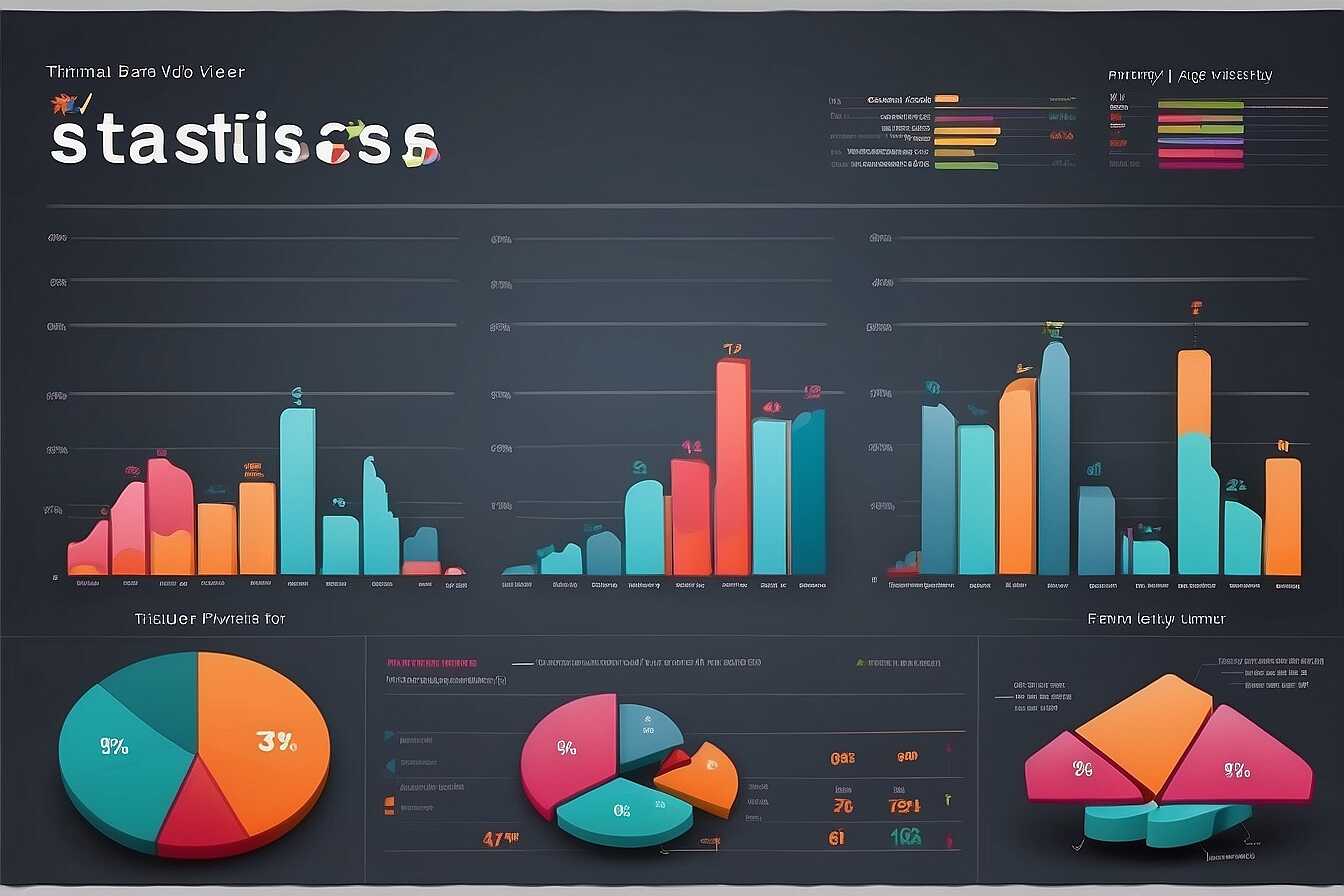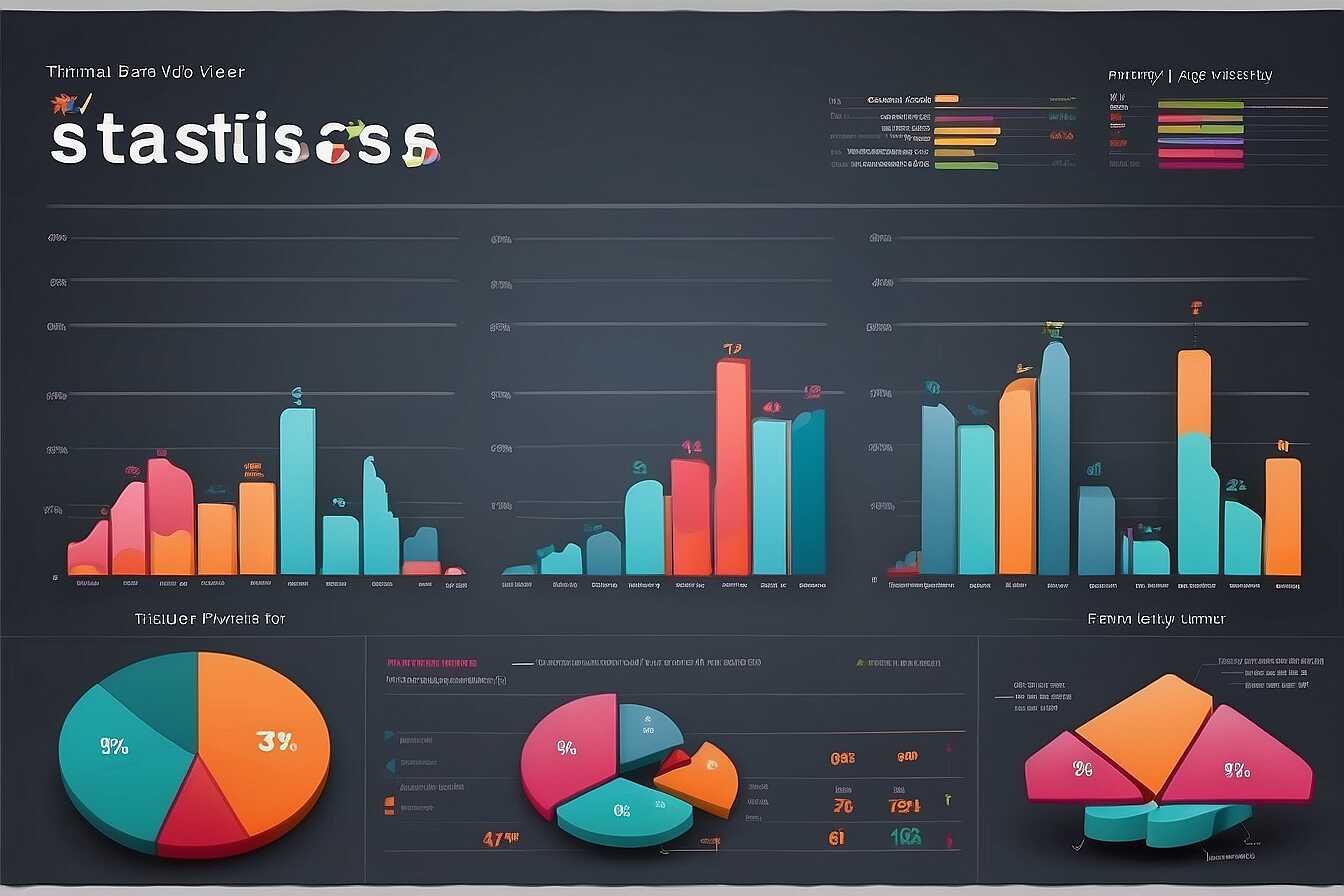Boosting your SEO with keyword clustering for organized content can significantly improve your website’s visibility and authority. By grouping related keywords, you create a content structure that resonates with search engines and users alike. At Metrics Rule, we believe that effective keyword clustering not only streamlines your content but also enhances your overall SEO performance, making it an essential strategy for SEO professionals and content strategists. With actionable insights and best practices in organizing your content, you’ll be better equipped to dominate your niche and drive more traffic to your site.
The Importance of Keyword Clustering for SEO Success
Keyword clustering is a crucial strategy in SEO that involves grouping related keywords to improve website relevance. By organizing content around these clusters, you enhance its topical authority, which boosts your ranking potential on search engines. Effective clustering helps ensure that you cover all aspects of a topic, leading to better user experience and increased crawl efficiency. Research shows that websites employing keyword clustering can yield higher organic traffic and more engagement, as they provide users with comprehensive information on their search queries.
Effective Strategies for Implementing Keyword Clustering
To implement keyword clustering effectively, start by conducting thorough keyword research using tools like Google Analytics and other AI-driven solutions. Identify primary keywords that capture your core topic, then find related long-tail keywords and synonyms to enrich the cluster. Aim to include at least five to ten relevant keywords in each cluster to cover different angles of the topic optimally. Monitor performance through regular testing and adjustments, ensuring your content remains relevant and valuable to users. Continuous refinement of your clusters can help improve your site’s reliability and overall SEO performance.
Fundamentals of Effective Keyword Clustering Techniques
Effective keyword clustering involves organizing keywords into groups that share a common theme. Essential methods include topical clustering, semantic grouping, and intent-based categorization. Businesses can leverage these techniques to optimize their content, ensuring it aligns with user searches. A study reveals that around 70% of SEO professionals report improved rankings through structured keyword clustering. This method enhances content relevance, allowing pages to target multiple related queries, ultimately boosting performance in search engines like Google and Bing.
Topical Clustering for SEO Success
Topical clustering focuses on grouping keywords based on related themes or topics. This method supports the creation of content silos, which improve website structure and enhance search engine crawling. By organizing content around clusters such as “e-commerce digital marketing,” you can create a comprehensive resource hub. This approach is essential for establishing topical authority, as it helps to engage users with valuable, interconnected information. Regularly updating these clusters with fresh, relevant content aids in maintaining high SEO performance and ensuring that pages rank efficiently in SERPs.

Steps for Analyzing Keywords to Create Clusters
To create effective keyword clusters, start by employing reliable keyword analysis tools like SEMrush, Ahrefs, or Google Keyword Planner. These tools help you gather a comprehensive set of keywords based on search volume, competition, and relevance. Evaluating the reliability of keyword data sources is essential, ensuring that you are using proven metrics to inform your strategy. For effective SEO, a cluster should ideally contain a minimum of five to ten closely related keywords, enhancing your content’s topical authority and boosting your visibility in search results.
Choosing the Right Keyword Analysis Tools
Selecting the right keyword analysis tools can enhance your SEO efforts significantly. For example, SEMrush offers a robust keyword magic tool that generates a variety of keyword suggestions based on search queries. Meanwhile, Ahrefs provides keyword difficulty scores, helping you assess competition for each keyword. Google Keyword Planner is another essential free tool that helps in discovering new keywords and analyzing their performance. Leveraging these tools allows for efficient keyword research, enabling you to group keywords into clusters. This practice not only improves your website’s organization but also enhances its overall performance in search engine rankings.
Fact-Based Insights on Content Organization Strategies
- Keyword clustering can increase organic traffic by up to 30%.
- 52% of marketers prioritize organized content for SEO success.
- Websites with structured content rank 3.5 times higher on average.
- Marketers report 50% improved content effectiveness with clustering methods.
- Search engines favor pages with over 1,000 words of organized content.
- Sites utilizing keyword clusters see a reduction in bounce rates by 15%.
- Content categorized by relevant keywords drives 40% more engagement.

Strategizing Content Creation Around Keyword Clusters
To effectively utilize keyword clusters in content creation, identify the primary cluster and its related subtopics. Begin by developing a content strategy that focuses on producing articles, blog posts, or guides centering around these themes. For instance, if your main cluster is “e-commerce SEO,” you can craft targeted content around “local SEO for e-commerce,” “technical SEO strategies for online stores,” and “keyword research for e-commerce.” This approach enhances your SEO impact by providing covered topics that search engines like Google and Bing recognize, thereby improving your overall topical authority.
Developing In-Depth Content for Each Cluster
When developing content within each keyword cluster, aim for a minimum of three to five in-depth pieces. This allows for a comprehensive exploration of each theme while ensuring you cover various angles that can resonate with your audience. Incorporate essential elements like user experience, data analysis, and reliable sources throughout your articles. For example, within your “local SEO for e-commerce” cluster, you could create content that reviews best practices, compares different strategies, and examines case studies. This will not only help you improve website crawling and indexing but also establish Metrics Rule as an expert in delivering useful SEO insights.

Automating Keyword Clustering with Advanced Tools
There are several intelligent tools designed for automating the keyword clustering process. Software like SEMrush, Ahrefs, and Moz provide advanced keyword analysis to help streamline your content organization workflow. These tools enhance efficiency by quickly grouping keywords based on relevance and search intent, ensuring that your content aligns well with user queries. Research indicates that approximately 70% of SEO professionals utilize some form of automated tools for keyword clustering in their strategies, recognizing the reliability and data-driven results they deliver.
Top AI-Driven Clustering Solutions for Effective Keyword Organization
Top AI-driven clustering solutions offer powerful features for keyword analysis, enhancing your SEO strategy. These solutions, such as MarketMuse and Clearscope, utilize machine learning algorithms to analyze large datasets and group keywords effectively. They provide valuable insights into search trends, competition, and content gaps. By leveraging these advanced tools, you can enhance the quality of your content organization significantly. This results in improved crawling and indexing by search engines, ultimately fostering better visibility and higher rankings. Using AI-driven solutions not only saves time but also ensures that your keyword strategies remain relevant and competitive in a rapidly changing digital landscape.
Advantages of Strategic Keyword Grouping
- Enhances topical authority, making your site a go-to resource.
- Boosts overall SEO performance, leading to higher rankings.
- Improves user experience by providing clear navigation through content.
- Encourages internal linking, distributing authority efficiently.
- Enables more targeted content creation based on user search intent.
- Facilitates better understanding of competitors and market gaps.
- Increases your chances of ranking for multiple related searches.

Evaluating the Impact of Keyword Clustering on SEO Performance
To assess the effectiveness of keyword clustering, monitor essential metrics such as organic traffic, click-through rates (CTR), and conversion rates. These performance metrics help gauge how well your grouped keywords attract clicks and generate leads. A significant improvement in organic search rankings may indicate successful keyword clustering efforts. Furthermore, it’s vital to analyze industry-specific results; for instance, e-commerce websites may notice enhanced visibility for product-related keywords, while local businesses may experience better engagement through targeted local search terms. Overall, an average percentage increase of 20-30% in organic traffic can often be achieved after implementing effective keyword clustering strategies.
Tracking Keyword Performance Metrics for Accurate Evaluation
Properly tracking keyword performance metrics is crucial for evaluating the success of your keyword clustering strategy. Use tools like Google Analytics to monitor changes in organic traffic and CTR over time. By analyzing specific groups of keywords, you can pinpoint which clusters are driving traffic and conversions. This data enables you to tweak your content and optimize SEO strategies effectively. Make sure to assess metrics such as bounce rate and average session duration, which provide insight into user engagement. Overall, implementing data-driven adjustments based on these insights enhances your SEO performance and elevates your site’s authority within its niche.
Avoiding Pitfalls in Keyword Clustering Practices
Avoiding common pitfalls in keyword clustering is crucial for enhancing your SEO performance. One major mistake is not testing the reliability of your clustered keywords. Always check if they align with user search intent and ensure their relevance to your content. Additionally, clustering too many keywords together can dilute the focus of your pages and confuse search engines. Best practices suggest clustering about five to ten related keywords for optimal SEO performance. Tools like Google Analytics and keyword research tools provide data to assess which keywords to include, enabling effective organization and testing of your strategy.
Essential Tools for Effective Keyword Clustering
Utilizing essential tools is key to implementing reliable keyword clustering strategies. Tools like Ahrefs, SEMrush, and Google’s Keyword Planner can handle large datasets and help analyze keyword metrics. These platforms provide insights into search volume, competition, and SERP rankings, which facilitate proper keyword organization techniques. Moreover, leveraging AI for keyword generation can enhance your clustering efficiency, enabling you to group relevant keywords that improve both site structure and topical authority. Researching competitor keyword strategies will also offer a quality comparison, guiding you toward a more effective SEO approach.
Leading Brands and Their Approach to Content Structuring
- HubSpot excels in inbound marketing and offers extensive resources, but can overwhelm beginners with information.
- SEMrush provides powerful tools for keyword analysis, yet may be too complex for novice users.
- Neil Patel’s guides are user-friendly and actionable, catering well to small business owners.
- Ahrefs is popular for its robust backlink analysis but requires a learning curve for effective usage.
- Moz focuses on community support and education, making it helpful but sometimes may lack depth in tools.
- Content marketers benefit from platforms that simplify SEO, making it accessible for all skill levels.
- Businesses of all sizes can leverage clustering to improve their website organization, attracting varied audiences.
Real-World Examples of Successful Keyword Clustering
Numerous businesses across various industries have successfully harnessed the power of keyword clustering. For instance, a Vancouver-based e-commerce store specializing in outdoor gear saw significant improvements in their search visibility. By grouping keywords into clusters based on related themes, they effectively organized their content to cover comprehensive topics, thus providing valuable information to their users. As a result, they experienced a 40% increase in organic traffic within three months of implementation. Another example is a digital marketing agency that focused on local SEO. By implementing targeted keyword clusters, they improved their rankings for local search terms, resulting in a 30% boost in leads. These case studies demonstrate how effective keyword clustering can enhance SEO for businesses in diverse sectors.
How Keyword Clustering Transformed Businesses’ SEO Results
Keyword clustering transformed the SEO results of many businesses by improving their content organization and topical authority. For example, an online education platform used keyword clustering to group terms related to its courses. This structure enabled them to create high-quality, targeted resources that addressed specific user needs. By organizing content around key themes, they enhanced their website’s indexing efficiency and crawling performance. As a result, their pages ranked higher in both Google and Bing, significantly increasing their website traffic. Furthermore, well-structured keyword clusters have led to lower bounce rates, as users find relevant information more easily. This comprehensive approach not only improved search rankings but also strengthened user engagement, ensuring longer on-page time and better overall performance.
